Letter From the Philippines
One Grain at a Time
By KAREN COATES
Monday, April 09, 2018
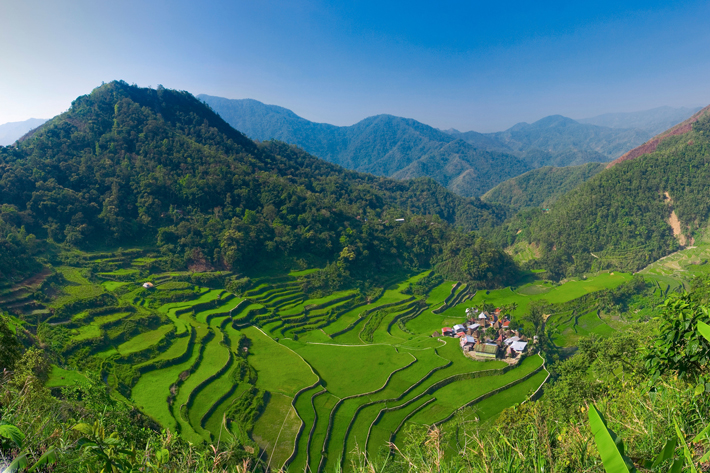
High in the Philippine Cordilleras, the terrain is a work of engineering and art so stunning it has been called the Eighth Wonder of the World. Steep, furrowed mountains are sculpted into terraces, stacked one atop the other, following the craggy contours of the land. In lush green paddies, people cultivate rice just as their ancestors did, passing the land down from one generation to the next.
Since 1995, UNESCO has included the rice terraces of Ifugao Province on its World Heritage list, describing them as expressions of “harmony between humankind and the environment.” Ecology, geography, and agronomy mingle with the culture, religion, economy, and politics of indigenous Ifugao life. “The rice terraces are emblematic of Philippine heritage; they exemplify human ingenuity and humanity’s ability to modify even the most marginal landscape,” says University of California, Los Angeles, anthropological archaeologist Stephen Acabado, who was born in the Philippines and has researched the region for years. This intricate agroecological system, he says, highlights the consonance between human needs and sustainable ecological management.
According to UNESCO and Philippine history books, the rice terraces were built 2,000 years ago by the ancestors of today’s Ifugao people. But this description is problematic, Acabado says, because it’s not based on any scientific evidence. Rather, it stems from the work of early twentieth-century anthropologists Roy Franklin Barton and Henry Otley Beyer, who calculated the terraces’ age based on the length of time they guessed it would have taken people to build them.
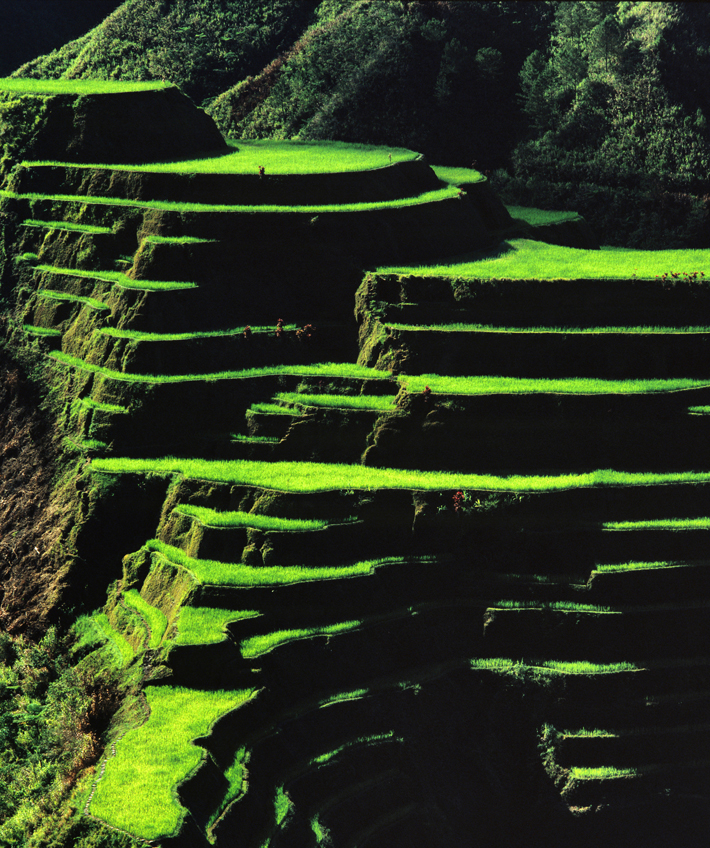 By contrast, Acabado’s archaeological investigations show that the adoption of wet-rice agriculture, accomplished by planting seedlings in flooded fields, is much, much younger in Ifugao than previously thought—1,600 years younger, in fact. While some terraces likely existed in Ifugao centuries before that, Acabado says, evidence suggests they were used for growing taro, not rice, and that those terraces were small. Imagine the difference between a backyard garden and the expansive farm fields that define much of the American Midwest. That’s the kind of difference Acabado believes existed between the earliest Ifugao terraces and what we see today. According to him, the spectacular landscape that garnered Ifugao World Heritage status dates to an era that coincides with the arrival of Spanish colonizers. For Acabado, that changes everything.
By contrast, Acabado’s archaeological investigations show that the adoption of wet-rice agriculture, accomplished by planting seedlings in flooded fields, is much, much younger in Ifugao than previously thought—1,600 years younger, in fact. While some terraces likely existed in Ifugao centuries before that, Acabado says, evidence suggests they were used for growing taro, not rice, and that those terraces were small. Imagine the difference between a backyard garden and the expansive farm fields that define much of the American Midwest. That’s the kind of difference Acabado believes existed between the earliest Ifugao terraces and what we see today. According to him, the spectacular landscape that garnered Ifugao World Heritage status dates to an era that coincides with the arrival of Spanish colonizers. For Acabado, that changes everything.
The dominant historical narrative told throughout the Philippines is a story of small, remote minority populations that moved higher and higher into the mountains over millennia as waves of new people arrived and settled in the lowlands. It is accepted that Spanish colonizers were unable to conquer the Ifugao because the terrain they occupied was so rugged. This paints the highlanders as essentially outside the march of history, as bystanders, while colonization and modernization swept through other corners of the Philippines. This account is what Acabado recalls learning in school. By the time he reached college, he realized it was based on colonial notions of indigenous people. “I started to think about how to decolonize our history,” he says.
Advertisement
Advertisement
IN THIS ISSUE
From the Trenches
Conquistador Contagion
Off the Grid
Circle of Life
Norwegian Knight
A Night Out in Leicestershire
The Pirate Book Club
Alternative Deathstyles
Afterlife Under the Waves
No Dice Left Unturned
A Mark of Distinction
Early Buddhism in India
A Bronze Age Landmark
Time’s Arrow
We Are Family
World Roundup
Taino DNA, island Etruscans, IRA buttons, gate to the afterlife, and the last wild horses
Artifact
Man of the hours
Advertisement

Recent Issues
-
 May/June 2024
May/June 2024
-
 March/April 2024
March/April 2024
-
 January/February 2024
January/February 2024
-
 November/December 2023
November/December 2023
-
 September/October 2023
September/October 2023
-
 July/August 2023
July/August 2023
-
 May/June 2023
May/June 2023
-
 March/April 2023
March/April 2023
-
 January/February 2023
January/February 2023
-
 November/December 2022
November/December 2022
-
 September/October 2022
September/October 2022
-
 July/August 2022
July/August 2022
-
 May/June 2022
May/June 2022
-
 March/April 2022
March/April 2022
-
 January/February 2022
January/February 2022
-
 November/December 2021
November/December 2021
-
 September/October 2021
September/October 2021
-
 July/August 2021
July/August 2021
-
 May/June 2021
May/June 2021
-
 March/April 2021
March/April 2021
-
 January/February 2021
January/February 2021
-
 November/December 2020
November/December 2020
-
 September/October 2020
September/October 2020
-
 July/August 2020
July/August 2020
-
 May/June 2020
May/June 2020
-
 March/April 2020
March/April 2020
-
 January/February 2020
January/February 2020
-
 November/December 2019
November/December 2019
-
 September/October 2019
September/October 2019
-
 July/August 2019
July/August 2019
-
 May/June 2019
May/June 2019
-
 March/April 2019
March/April 2019
-
 January/February 2019
January/February 2019
-
 November/December 2018
November/December 2018
-
 September/October 2018
September/October 2018
-
 July/August 2018
July/August 2018
-
 May/June 2018
May/June 2018
-
 March/April 2018
March/April 2018
-
 January/February 2018
January/February 2018
-
 November/December 2017
November/December 2017
-
 September/October 2017
September/October 2017
-
 July/August 2017
July/August 2017
-
 May/June 2017
May/June 2017
-
 March/April 2017
March/April 2017
-
 January/February 2017
January/February 2017
-
 November/December 2016
November/December 2016
-
 September/October 2016
September/October 2016
-
 July/August 2016
July/August 2016
-
 May/June 2016
May/June 2016
-
 March/April 2016
March/April 2016
-
 January/February 2016
January/February 2016
-
 November/December 2015
November/December 2015
-
 September/October 2015
September/October 2015
-
 July/August 2015
July/August 2015
-
 May/June 2015
May/June 2015
-
 March/April 2015
March/April 2015
-
 January/February 2015
January/February 2015
-
 November/December 2014
November/December 2014
-
 September/October 2014
September/October 2014
-
 July/August 2014
July/August 2014
-
 May/June 2014
May/June 2014
-
 March/April 2014
March/April 2014
-
 January/February 2014
January/February 2014
-
 November/December 2013
November/December 2013
-
 September/October 2013
September/October 2013
-
 July/August 2013
July/August 2013
-
 May/June 2013
May/June 2013
-
 March/April 2013
March/April 2013
-
 January/February 2013
January/February 2013
-
 November/December 2012
November/December 2012
-
 September/October 2012
September/October 2012
-
 July/August 2012
July/August 2012
-
 May/June 2012
May/June 2012
-
 March/April 2012
March/April 2012
-
 January/February 2012
January/February 2012
-
 November/December 2011
November/December 2011
-
 September/October 2011
September/October 2011
-
 July/August 2011
July/August 2011
-
 May/June 2011
May/June 2011
-
 March/April 2011
March/April 2011
-
 January/February 2011
January/February 2011
Advertisement





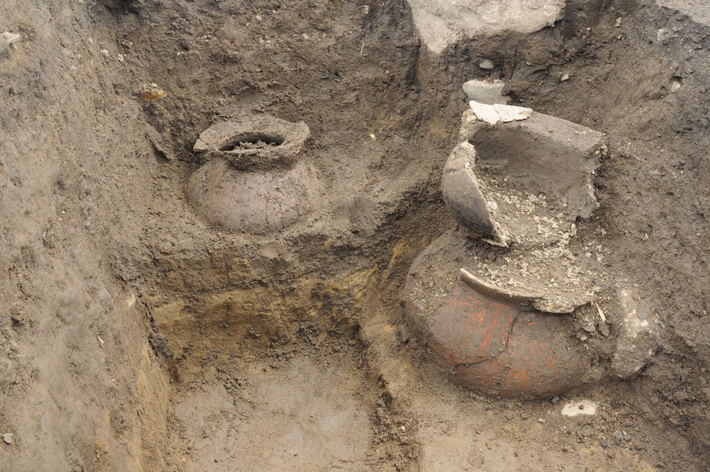
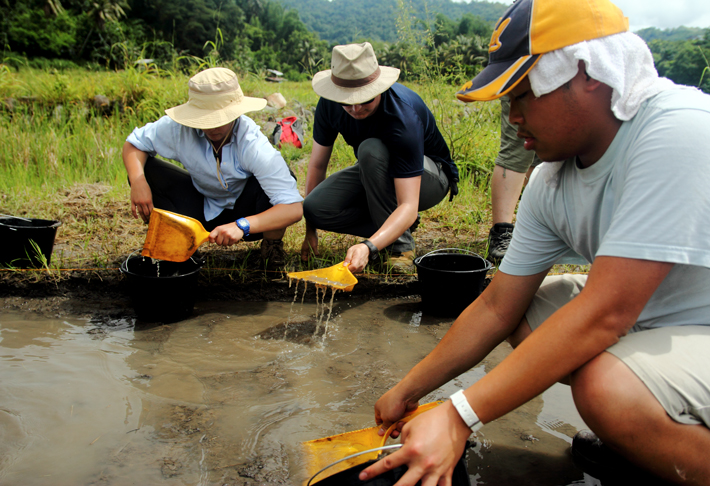
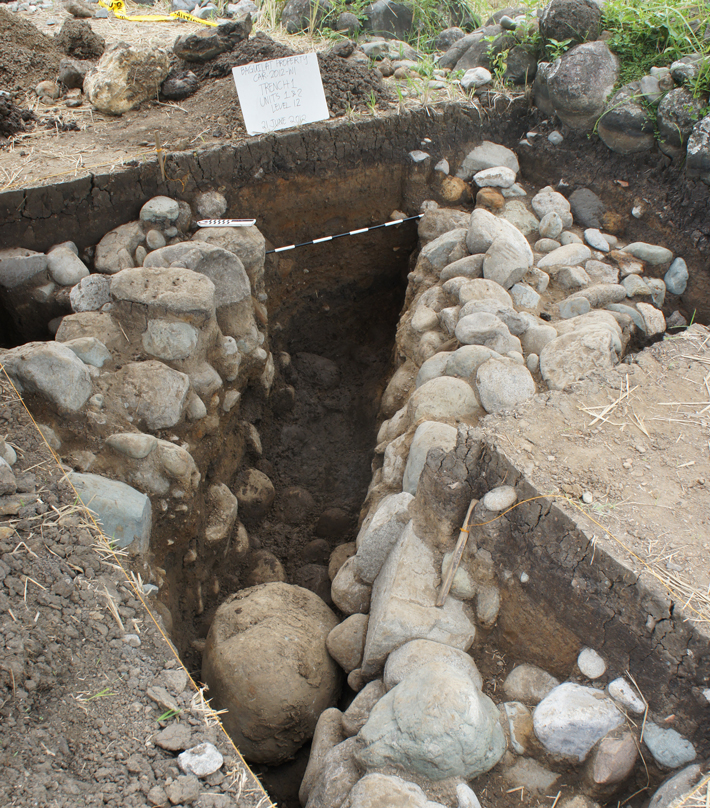 The Philippines national government must submit a modification request to UNESCO. “This will be treated as a new nomination,” says Feng Jing, chief of Asia and the Pacific for UNESCO’s World Heritage Centre in Paris. “It is up to the State Party of the Philippines.” That means the national government must agree that a change should be made. However, the government is not ready to draw conclusions, as noted in the National Museum’s statement. “I have differing views from experts,” says Lila Ramos Shahani, secretary general of the Philippine National Commission for UNESCO. “Scholars often differ in their views, and it’s my job to listen to all of them.” The conversation has prompted her to attempt to organize a conference with the National Museum.
The Philippines national government must submit a modification request to UNESCO. “This will be treated as a new nomination,” says Feng Jing, chief of Asia and the Pacific for UNESCO’s World Heritage Centre in Paris. “It is up to the State Party of the Philippines.” That means the national government must agree that a change should be made. However, the government is not ready to draw conclusions, as noted in the National Museum’s statement. “I have differing views from experts,” says Lila Ramos Shahani, secretary general of the Philippine National Commission for UNESCO. “Scholars often differ in their views, and it’s my job to listen to all of them.” The conversation has prompted her to attempt to organize a conference with the National Museum.
